Graphic design, as an art form, has evolved significantly over the years. With the advent of technology and the ever-changing landscape of design trends, modern graphic design has emerged as a dynamic field that pushes boundaries and captures attention in new and exciting ways. In this post, we will delve into the various directions and purposes of modern graphic design, highlighting the versatility and impact it brings to the visual world
Minimalism and Simplicity
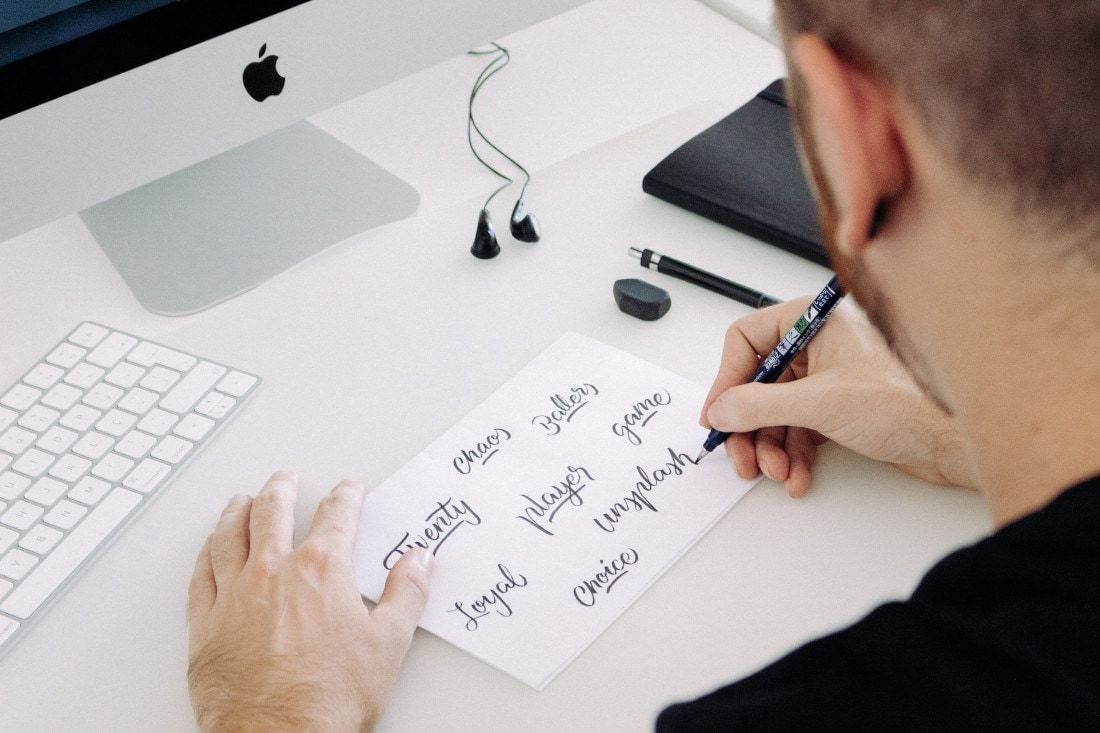
One prominent direction in modern graphic design is minimalism. With its clean lines, ample white space, and simple typography, minimalism embraces the "less is more" approach. It focuses on conveying a message with clarity and precision, stripping away unnecessary elements to create designs that are sleek, timeless, and visually impactful.
I like it to be visually powerful, intellectually elegant, and above all, timeless. - Massimo Vignelli
Bold and Vibrant
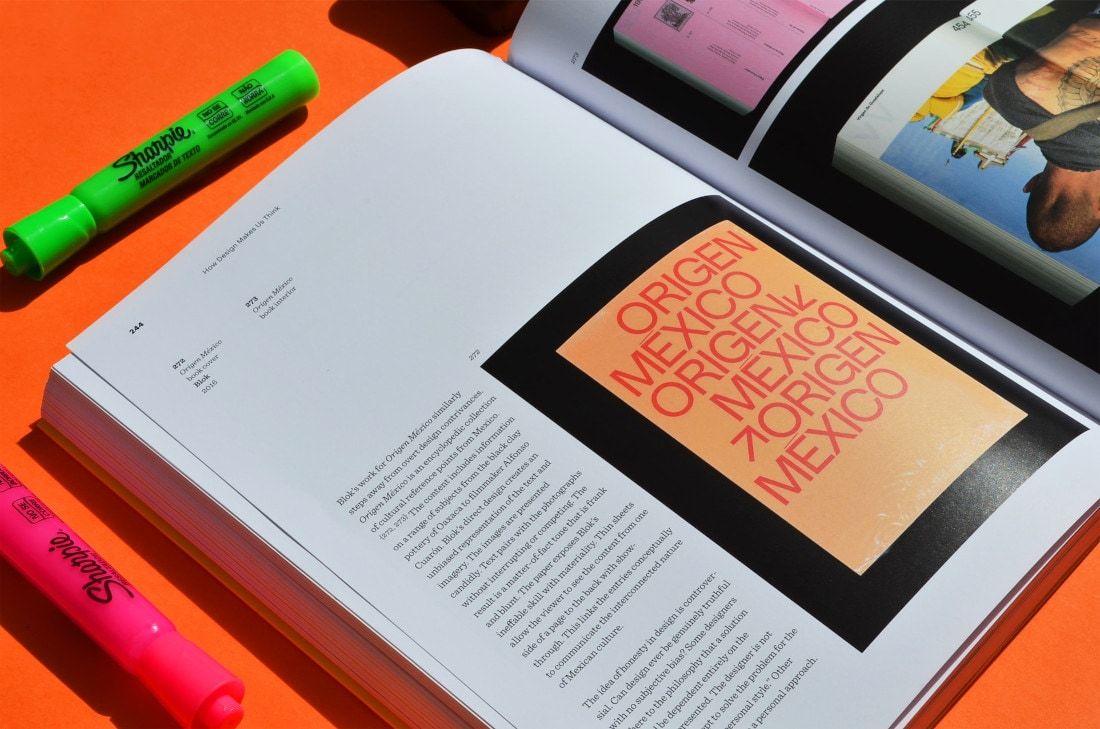
On the other end of the spectrum, we find bold and vibrant designs that aim to captivate and energize the viewer. These designs utilize vibrant color palettes, striking imagery, and innovative typography to create eye-catching compositions. Bold graphic design often serves as a tool for branding, advertising, and conveying a strong visual identity.
Typography as Art
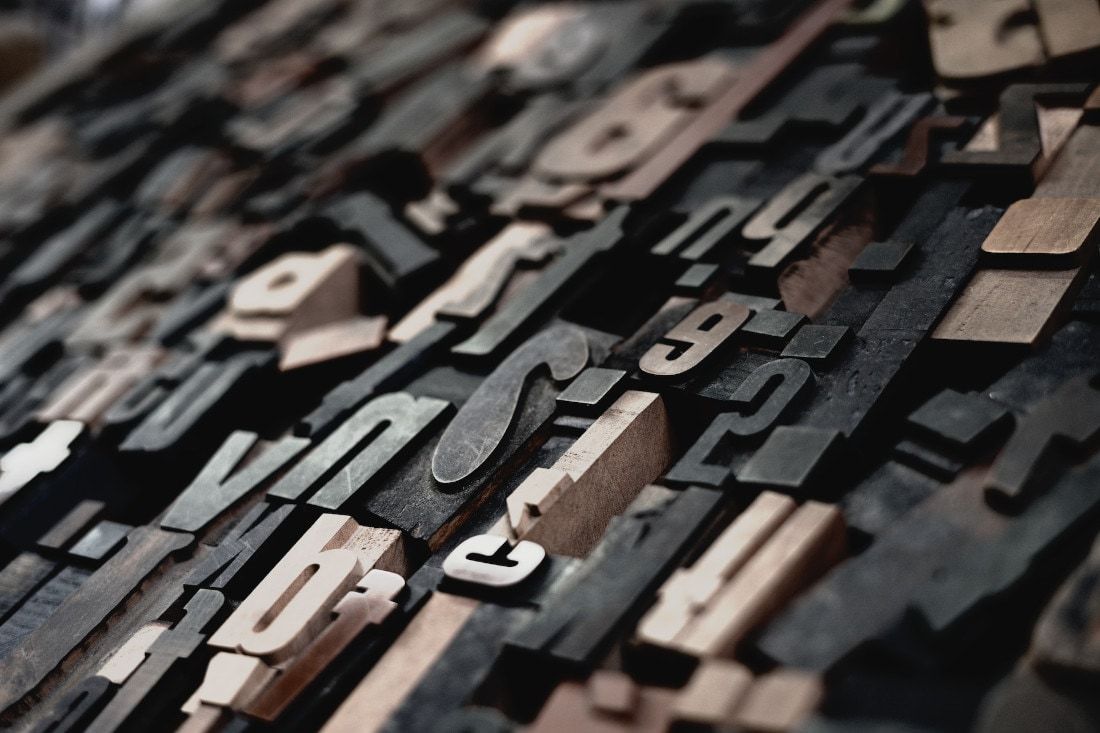
Typography has taken on a new role in modern graphic design, moving beyond mere text and becoming an art form in its own right. Designers now experiment with various typefaces, blending and manipulating letters to create unique and visually compelling compositions. Typography can evoke emotions, add depth, and enhance the overall design aesthetic.
Retro and Vintage Revival
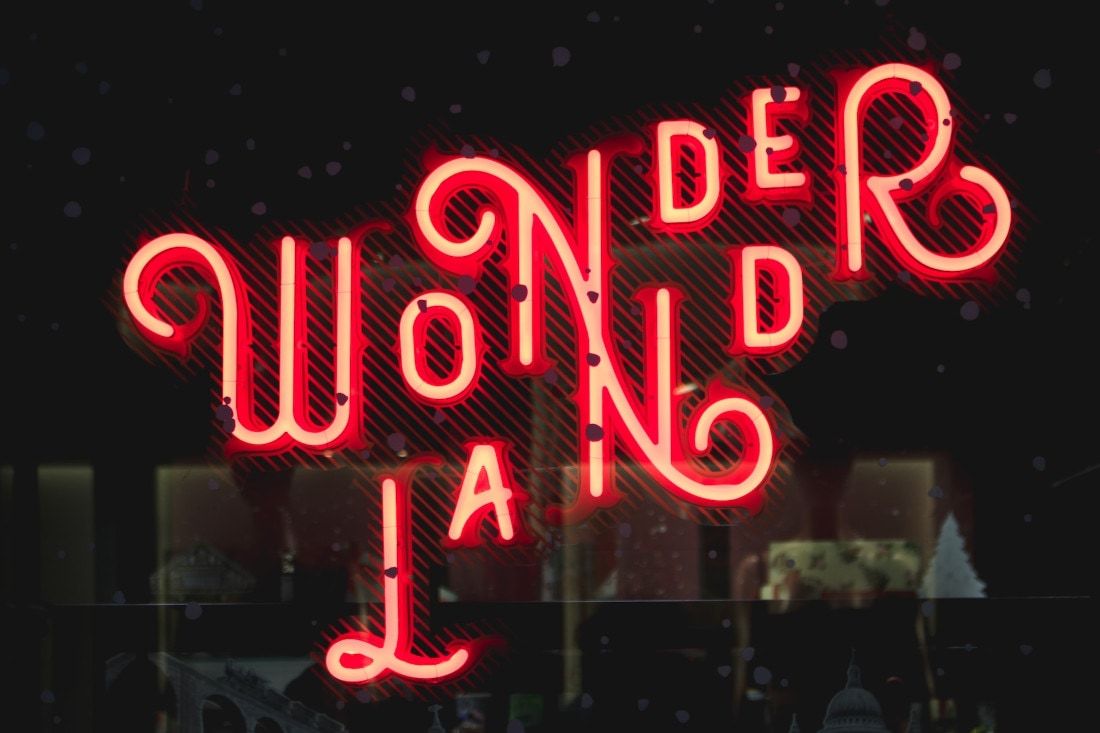
In recent years, we've witnessed a resurgence of retro and vintage-inspired graphic design. Nostalgia has a powerful appeal, and designers have embraced the aesthetics of the past to create visually engaging pieces. Retro designs often incorporate bold colors, grainy textures, and nostalgic imagery, evoking a sense of familiarity and sentimentality.
Illustration and Hand-Drawn Elements
Hand-drawn illustrations have become increasingly popular in modern graphic design, bringing a personal and organic touch to digital compositions. Illustrations can be whimsical, playful, or intricate, depending on the desired tone and purpose of the design. This approach adds a unique and human element to digital media, creating a sense of authenticity and warmth.
Branding and Marketing
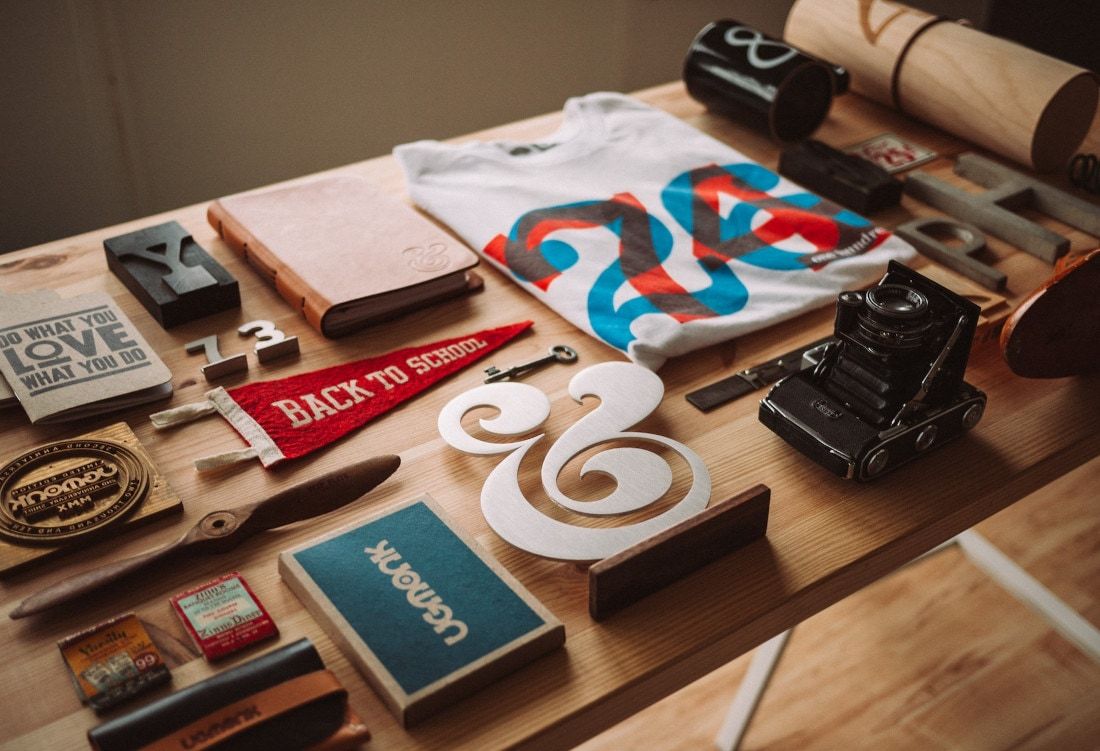
Design plays a crucial role in creating brand identities and marketing materials. Logos, packaging, websites, and social media graphics are meticulously crafted to convey a brand's values, personality, and uniqueness. Memorable and visually appealing designs help businesses stand out in a crowded market.
Eliciting Emotions
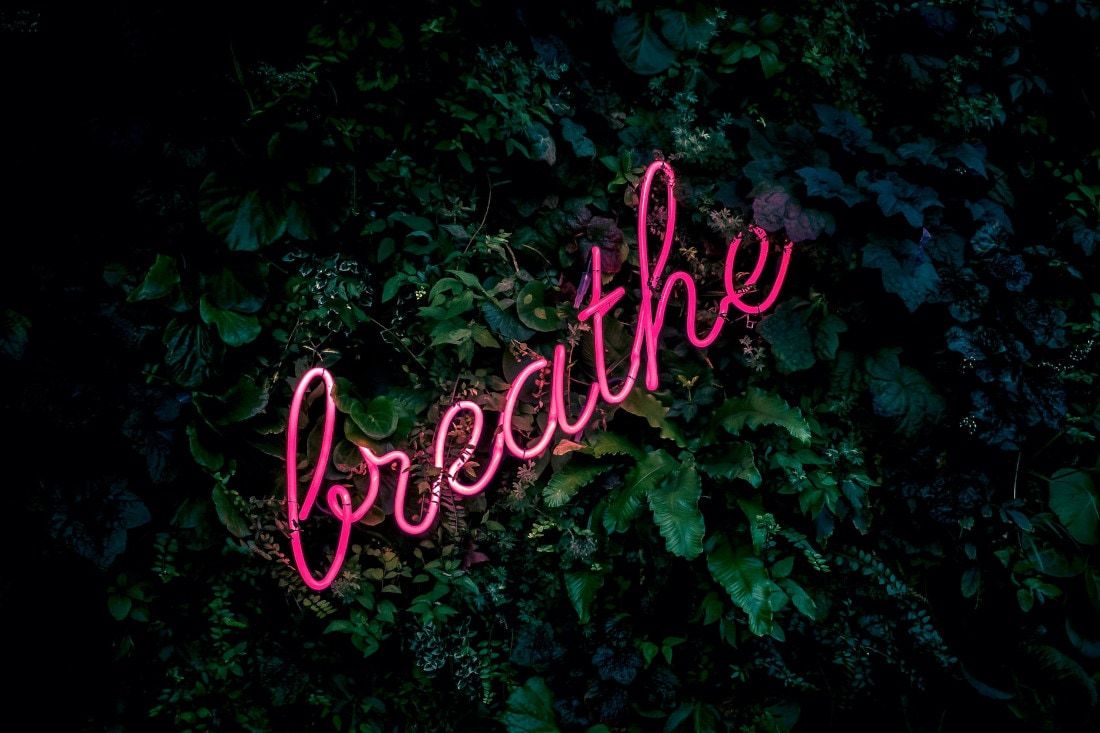
Graphic design has the power to evoke emotions and create a connection with the viewer. Through color choices, imagery, and composition, designers can elicit joy, nostalgia, excitement, or even empathy. Emotional design leaves a lasting impression and helps establish a meaningful connection between the audience and the message.
Social Impact
Modern graphic design is often employed to raise awareness and spark conversations around important social issues. Designers use their skills to advocate for causes, promote inclusivity, and drive positive change. From powerful protest posters to thought-provoking campaigns, graphic design has the potential to be a catalyst for social transformation.
In conclusion, modern graphic design embraces a wide range of directions, each with its own purpose and significance. Whether it's through minimalism, boldness, typography, retro aesthetics, or illustrations, designers have the tools to captivate, inform, and inspire audiences. By harnessing the power of visual communication, modern graphic design continues to shape our world, leaving a lasting impact on how we perceive and engage with information and art.



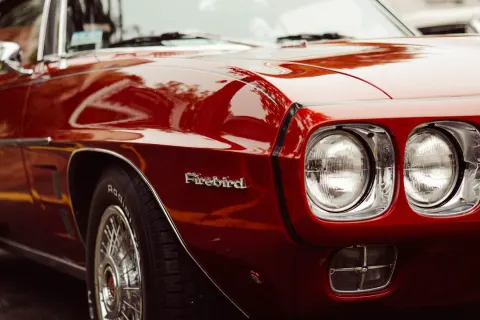
Member discussion